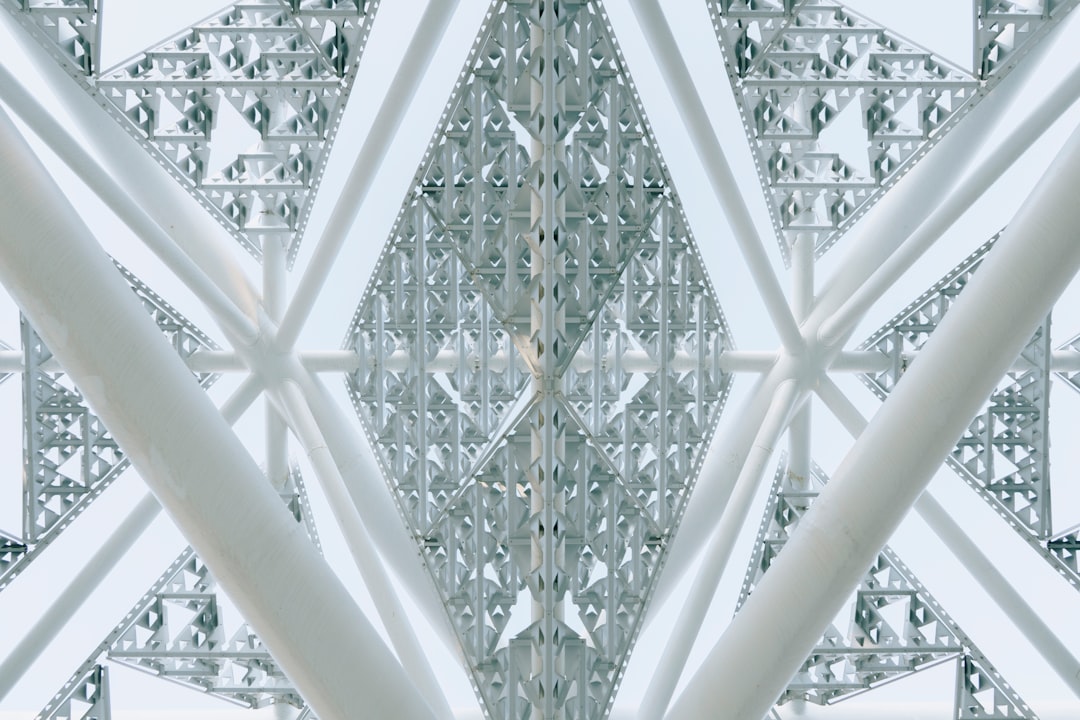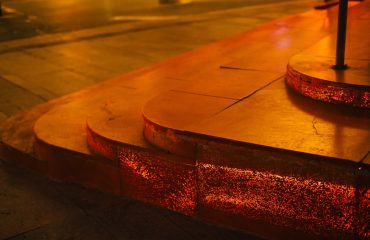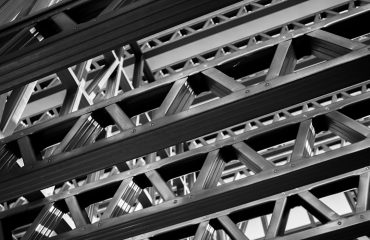body { font-family: sans-serif; line-height: 1.6; }
h1, h2, h3 { color: #333; }
img { max-width: 100%; height: auto; }
Universal Parallel Flange (UPN) profiles, also known as parallel flange channels, are ubiquitous in structural steelwork. Understanding their properties and applications is crucial for any structural engineer. This comprehensive guide delves into the intricacies of UPN profiles, exploring their design, applications, advantages, limitations, and considerations for their effective use in construction projects.
Understanding UPN Profile Geometry and Properties
UPN profiles are characterized by their parallel flanges and a central web. Unlike I-beams, their flanges are of equal width and run parallel to each other. This geometry influences their behavior under load. Key properties to consider include:
- Section Modulus (Z): This property indicates the resistance of the section to bending moments. A higher section modulus means greater bending resistance.
- Moment of Inertia (I): This represents the resistance to bending. A larger moment of inertia implies greater stiffness.
- Area (A): The total cross-sectional area dictates the section’s capacity to resist axial loads (compression or tension).
- Weight per unit length: This is crucial for calculating the overall weight of the structure and its impact on the foundation.
- Shear Capacity: The ability of the section to withstand shear forces, primarily determined by the web thickness and height.
These properties are readily available in steel section manuals and online databases, typically specified according to the relevant standard (e.g., EN 1027-1).
Common Applications of UPN Profiles in Construction
UPN profiles find diverse applications in various structural elements, including:
- Beams and Lintels: Used to support loads over openings in walls or floors, particularly where shorter spans are involved.
- Columns and Supports: Suitable for vertical support members in smaller structures or as secondary supports in larger ones.
- Bracing Members: Used to enhance the lateral stability of structures by resisting lateral forces and preventing buckling.
- Handrails and Balustrades: Their simple shape and relative lightness make them suitable for such applications, often combined with other elements.
- Roof Supports: May be employed as purlins or rafters in roof structures, particularly in simpler designs.
- Industrial Frameworks: Frequently used in the construction of industrial buildings and shelving systems.
The choice of UPN profile size depends on the specific load requirements, span length, and desired level of deflection.
Advantages of Using UPN Profiles
Several factors contribute to the popularity of UPN profiles in structural engineering:
- Cost-Effectiveness: Generally less expensive than other steel sections like I-beams, particularly for smaller projects.
- Ease of Fabrication: Their simple geometry simplifies cutting, welding, and drilling operations.
- Availability: Widely available from steel suppliers, ensuring easy procurement.
- Versatility: Suitable for a range of applications, as detailed above.
- Lightweight: Compared to solid sections of equivalent strength, UPN profiles offer a lighter weight solution, reducing transportation and installation costs.
These advantages make UPN profiles an attractive option for various construction projects, especially where cost and simplicity are paramount.
Limitations and Considerations When Using UPN Profiles
While UPN profiles offer several benefits, engineers must be mindful of their limitations:
- Lower Bending Resistance: Compared to I-beams, UPN profiles have a lower section modulus, limiting their suitability for long spans or heavy loads.
- Shear Capacity: The shear capacity is primarily dependent on the web thickness, which might be limiting for high shear forces.
- Torsional Weakness: Their open section makes them relatively weak in torsion, requiring careful consideration of torsional effects in the design.
- Local Buckling: The flanges and web can be susceptible to local buckling under compression, necessitating checks against this phenomenon.
- Welding Considerations: Proper welding techniques are crucial to avoid distortion and weakening of the section.
These limitations necessitate careful design considerations, including appropriate analysis and detailing to ensure the structural integrity of the elements employing UPN profiles.
Design and Analysis of Structures with UPN Profiles
Designing structures using UPN profiles requires a thorough understanding of structural mechanics principles. This involves:
- Load Calculations: Determining all relevant loads (dead loads, live loads, wind loads, snow loads, etc.) acting on the structure.
- Stress Analysis: Calculating bending moments, shear forces, and stresses within the UPN profiles using appropriate methods (e.g., hand calculations or Finite Element Analysis).
- Buckling Checks: Verifying that the profiles are adequately resistant to local and overall buckling under compressive loads.
- Deflection Analysis: Ensuring that deflections under load remain within acceptable limits to prevent damage or serviceability issues.
- Connection Design: Designing appropriate connections (bolted, welded, etc.) to ensure the integrity of the overall structure.
- Compliance with Standards: Adhering to relevant building codes and standards to ensure the safety and stability of the structure.
Software packages and design aids are frequently employed to streamline the design and analysis process, but a fundamental understanding of the underlying principles remains crucial.
In conclusion, UPN profiles are valuable components in structural engineering, offering a cost-effective and versatile solution for various applications. However, their limitations necessitate careful design considerations to ensure structural integrity and safety. By understanding their properties, applications, and limitations, engineers can effectively utilize UPN profiles in a wide array of construction projects.
SEO Tags:
UPN Profile, Steel Section, Structural Engineering, Parallel Flange Channel, Construction Design




